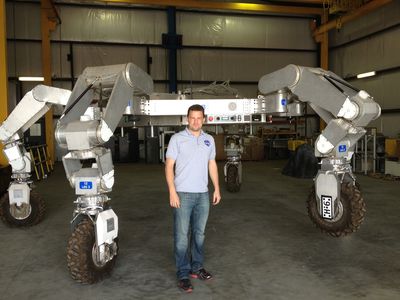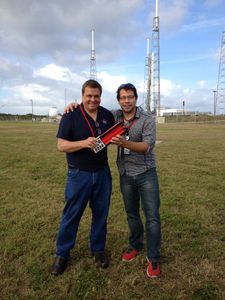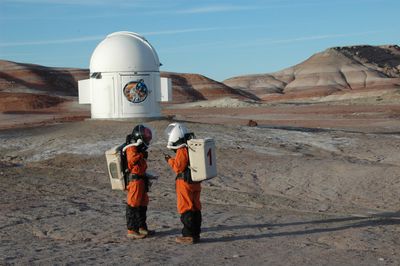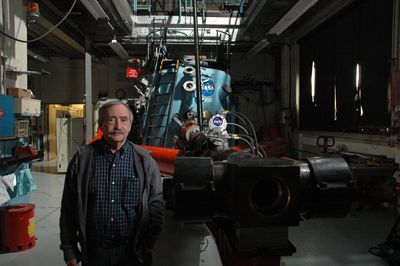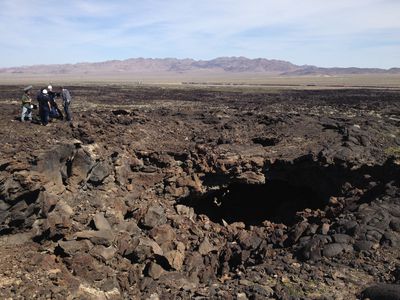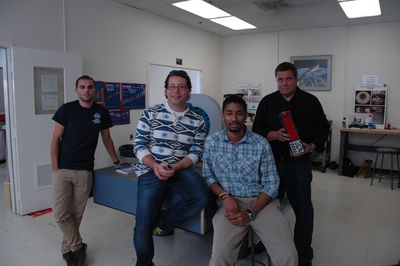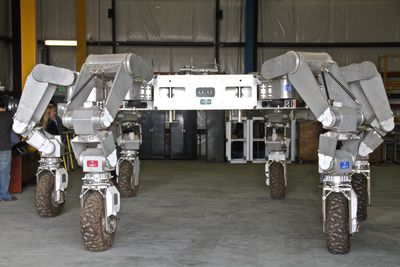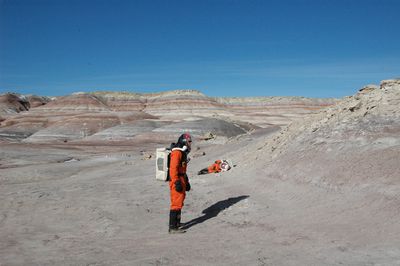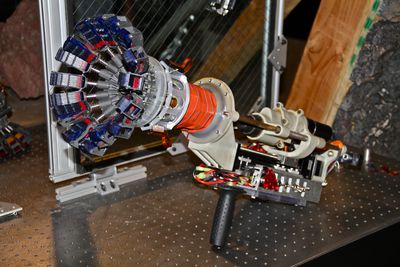Man Vs. The Universe
World Premieres Wednesday, August 13 at 10 PM ET/PT
Mankind has long been at the mercy of the cosmos - subject to the often violent happenings of the boundless universe that exists beyond the confines of Earth's atmosphere. But today humans are taking huge steps to claim space for their own design, evolution and survival in what is becoming a new race for space. In the all-new three-part special MAN VS. THE UNIVERSE, world premiering Wednesday, August 13 at 10 PM ET/PT, Science Channel is bringing viewers a mind-blowing look at the innovative, high-tech work private businesses, engineers and scientists are doing to occupy Mars, mine the Moon's fertile grounds and keep asteroids from destroying life on Earth.
MAN VS. THE UNIVERSE is an epic three-part miniseries from Science Channel and Revelations Entertainment, the producers of the critically acclaimed, Emmy-Award nominated series THROUGH THE WORMHOLE WITH MORGAN FREEMAN that unveils an unprecedented era of space exploration happening right now. In MAN VS. THE UNIVERSE viewers go inside the new race to the Moon where Google is offering $30 million in winnings to the first privately funded teams to land a robot on the Moon, successfully travel more than 500 meters (1,640 ft) and transmit back high-definition images and video back to Earth. Deeper in our galaxy lies Mars with an atmosphere 100 times thinner than Earth's, air that is almost pure carbon dioxide and an average temperature of minus 80 degrees. Colonizing this planet will be no picnic and MAN VS. THE UNIVERSE explores how high-tech spacesuits are being created so humans can live comfortably in this environment 24/7, while we experiment turning Martian soil into water. MAN VS. THE UNIVERSE is also keeping an eye on our home planet as engineers and scientists prepare for the next mega asteroid attack, similar to what killed off the dinosaurs. They are pushing the limits trying to create an enormous capture bag - a robotic vehicle that will go out and snag an asteroid partway between Earth and Mars, and drag it back to orbit the moon. If that doesn't work, Plan B is DE-STAR, a massive solar-powered array of laser beams that vaporize asteroids ten times larger than a football field.
Some of the media you are attempting to download are from Networks that limit downloads to 5 per day.
